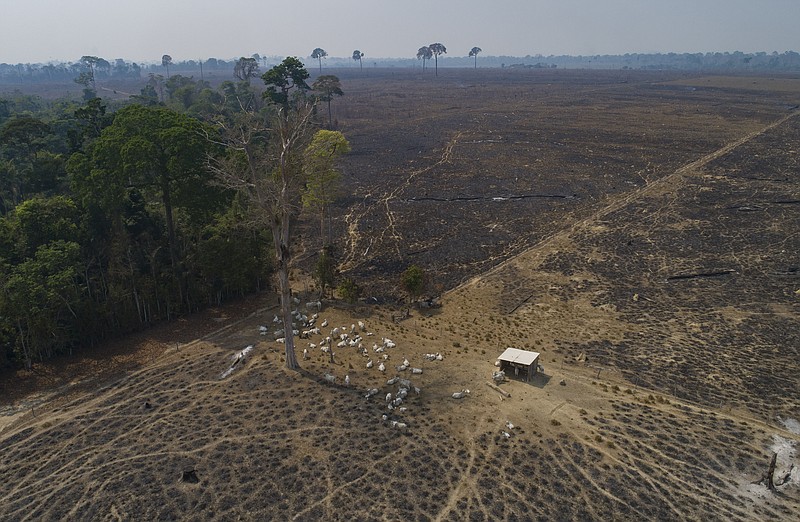RIO DE JANEIRO -- Deforestation in the Brazilian Amazon during the first half of 2022 broke all records, a measure of the increasing destruction taking place under the presidency of Jair Bolsonaro.
Satellite images taken between January and June show 1,500 square miles of forest destroyed, more than in any six month period in the seven years of record-keeping under the current methodology. The extent is four times the size of New York City.
What makes the statistic more remarkable is that the forest cutting is taking place during the rainy season. Deforestation is historically higher in the drier second half of the year when it is easier to access remote areas on the region's unpaved roads.
Brazil also will hold presidential elections in October, which typically reduces law enforcement in the Amazon. Bolsonaro will run for a second 4-year term. Currently he is trailing former President Luiz Inácio Lula da Silva in polls.
The area destroyed in the first half of 2022 is 80% larger than the same period in 2018, the year before Bolsonaro took office, according to an analysis from the Amazon Environmental Research Institute, a Brazilian nonprofit.
Around half of the felling occurred on public lands, according to the organization's analysis. The pattern in Brazil is that criminals seize public land expecting that the areas will be legalized for agriculture or cattle-raising in the future.
Other illegal real estate and timber transactions plus lack of enforcement contribute to the increasing deforestation rates, according to Ane Alencar, the institute's science director.
"Those who control the Amazon don't want it preserved," Alencar told the Associated Press in a phone interview. "The standing forest has no value in today's Amazon."
The most aggressive cutting took place in Amazonas state, overtaking both Para and Mato Grosso, which historically register more tree loss.
